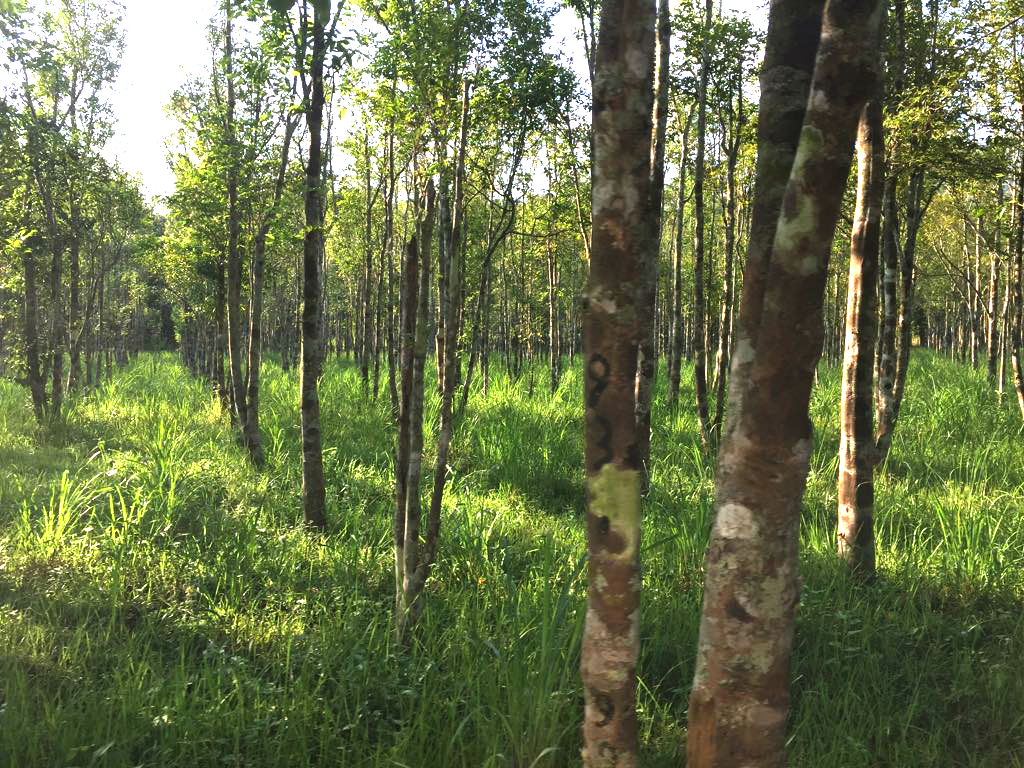The lush and biodiverse forests of the Eastern Himalayas, home to the precious and aromatic Agarwood tree, are facing a significant threat, according to experts. Moreover, the Agarwood, also known as “oud,” is highly sought after for its fragrant resin, but the tree’s habitat is under increasing pressure from various factors.
The Agarwood Tree
Agarwood, a resinous heartwood, is a prized aromatic substance used in perfumes, incense, and traditional medicine. It is derived from the Aquilaria tree species, which grows in the tropical rainforests of the Eastern Himalayas, as well as other regions in Southeast Asia.
Habitat Threats
Experts have raised concerns about the habitat of the Agarwood tree being under threat from multiple sources, including:
- Illegal Logging: The high market demand for Agarwood has led to illegal logging in the forests, posing a severe threat to the trees and their habitat.
- Habitat Destruction: Deforestation, land conversion, and agricultural expansion are causing the loss of the Agarwood tree’s natural habitat.
- Climate Change: Environmental changes, including altered rainfall patterns and temperature variations, are impacting the Agarwood’s growth and distribution.
- Overharvesting: Unsustainable harvesting of Agarwood resin from trees is diminishing their population and affecting their ability to reproduce.
Conservation Efforts
Efforts are being made to address the threats facing the Agarwood tree and its habitat:
- Strengthened Regulations: Some countries in the Eastern Himalayas have introduced stricter regulations against illegal logging and the trade of Agarwood.
- Conservation Initiatives: Organizations and communities are engaging in conservation projects to protect the Agarwood tree’s habitat.
- Raising Awareness: Educational campaigns aim to increase public awareness about the importance of preserving this fragrant tree and its ecosystem.
- Sustainable Practices: Encouraging sustainable harvesting and resin collection techniques to ensure the survival of the Agarwood tree.
Cultural and Economic Significance
Besides, the Agarwood tree holds cultural and economic significance in the Eastern Himalayan region. Further, it has been used for centuries in traditional ceremonies and rituals, and its resin is a source of livelihood for many communities.
Unique and Fragile Ecosystems
The forests of the Eastern Himalayas are renowned for their biodiversity, hosting various plant and animal species. Also, the presence of the Agarwood tree is vital to these ecosystems, as it supports the growth of other flora and provides habitats for wildlife.
A Call for Action
Experts emphasize the need for swift and comprehensive action to safeguard the Agarwood tree and its habitat. Also, the conservation of this precious tree is not only essential for its cultural and economic value but also for the preservation of the unique ecosystems of the Eastern Himalayas.
The Agarwood tree, with its fragrant resin, is a valuable resource and a vital component of the Eastern Himalayan ecosystems. Furthermore, threats from illegal logging, habitat destruction, and climate change pose significant challenges. Moreover, conservation efforts, stricter regulations, and sustainable practices are essential to protect the Agarwood tree’s habitat and ensure its continued existence in the region. Also, preserving this fragrant tree means preserving both cultural traditions and the delicate balance of nature in the Eastern Himalayas.


